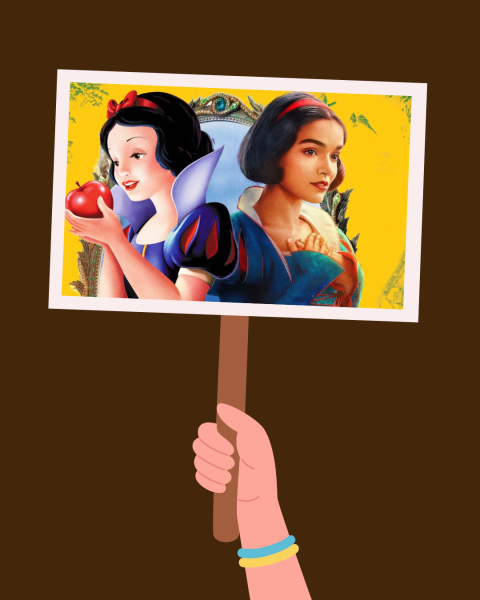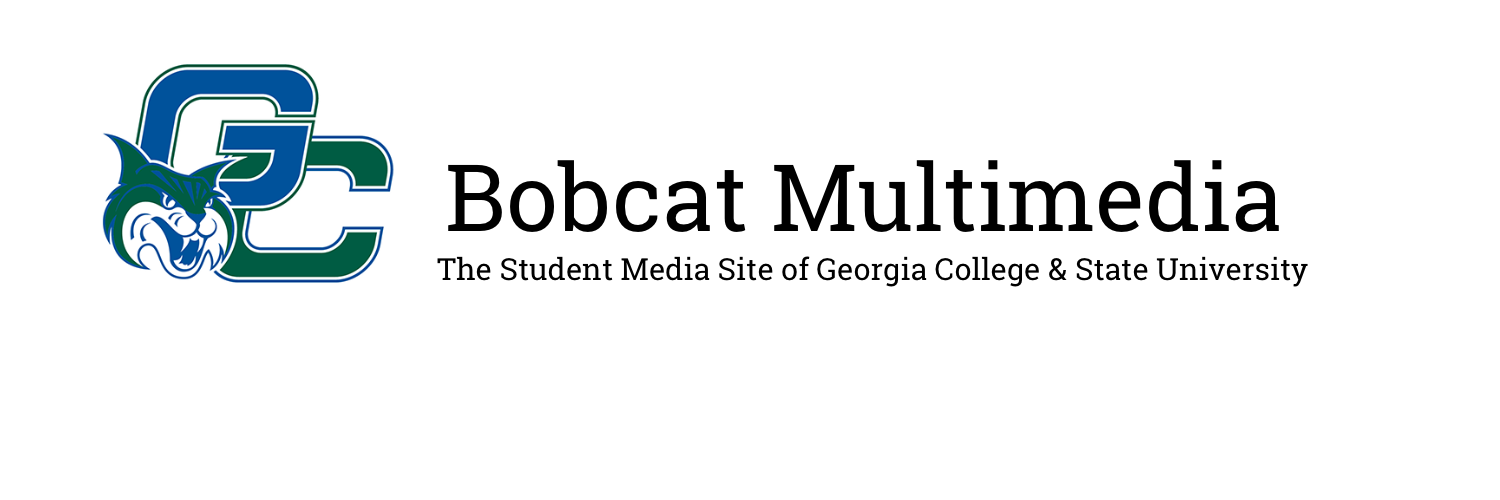
Disney’s live-action remakes have become a source of cultural debate, raising questions on whether they serve as a perpetuating soulless cash crab or an introduction to classic stories compatible with a younger generation of Disney fans.
Disney released the animated princess film “Snow White and the Seven Dwarfs” in 1937 and revolutionized the future of filmmaking. Disney capitalized on the film’s success and throughout the next 88 years animation became a staple of the movie industry.
A touchstone for the success of animated films is Disney’s “Renaissance Era” spanning from 1989 to 1999, which became a period of financial and critical acclaim that featured some of the studio’s most iconic films. Titles such as “The Lion King,” “Beauty and the Beast” and “The Little Mermaid” were some of the many achievements during the era.
Nearly 20 years later Disney announced that many of these Renaissance Era films would be remade into live-action adaptations. Previous to the re-production of live-action films, the only reimagined animated classics were “The Jungle Book” (1994) and “101 Dalmatians” (1996).
Tim Burton’s 2010 film, “Alice in Wonderland,” catapulted the trend of live-action remakes. Despite the film being received poorly by critics and a 50% Rotten Tomatoes score, “Alice in Wonderland” earned more than $1 billion at the box office, making it a smash hit.
Disney recognized the potential financial success of revitalizing old properties and has released 18 live-action remakes since 2010. These movies have received significant criticism from Disney fans
One of the most prominent criticisms from viewers emphasizes the lack of creativity of recent remakes. By capitalizing on nostalgia, some audiences view Disney’s live-action renditions as cash grabs.
“I think that the newer Disney remakes are missing innovation,” said Madi George, a freshman mass communication major. “Live-action takes away the magic of animation.”
Fans who grew up with Disney may feel as though the creativity had diminished in their modern films. Disney’s business strategy was thought by some to be emphasizing nostalgic content rather than prioritizing the development of original stories.
The sentimentality audiences felt for the 90s films guaranteed Disney an audience for their reimagined counterparts. Despite nostalgic elements with audiences, the median Rotten Tomatoes audience score for all 23 Disney live-action remakes is 53%, which suggests many have been ill-received.
“I don’t like them; I think it’s kind of pointless in a way and takes away from the originality of the actual animated movies everyone knows from childhood,” said Josef Lopez, a freshman MIS major. “I also disagree with how they switch up certain aspects of the plot to appeal to progressive audiences.”
Four years after the premiere of “Alice in Wonderland” Disney released “Maleficent,” a pseudo remake of “Sleeping Beauty,” followed over the next two years by live-action adaptations of “Cinderella,” “The Jungle Book” and “Pete’s Dragon.”
A common characteristic of the initial live action rendition films is their attempt to update classic characters to please modern audiences. Changes made were intended to enhance the story and provide a more in depth experience for the viewers.
Some viewers found the changes to be unnecessary and even believed they undermined the initial message of the original films.
In “The Jungle Book,” Mowgli chooses to remain in the jungle rather than rejoin his human family. This decision contradicts the original story’s message, where Mowgli’s departure from the jungle symbolized his transition into adulthood and acceptance of responsibility.
Despite the backlash over the recent revisions to their films, many audiences have an appreciation for Disney’s efforts in updating certain themes to be more inclusive and representative of modern audiences.
“I went to see ‘The Little Mermaid’ in the theater,” said Jayla Beasley, a freshman mass communication major. “There was a little girl who sat in front of us during the movie, and I remember her saying ‘she looks just like me’ when she saw Ariel. It made me tear up.”

